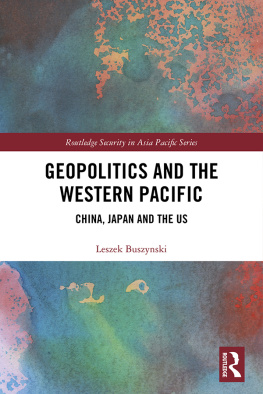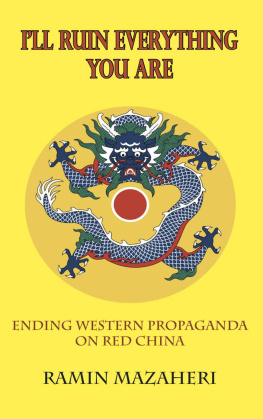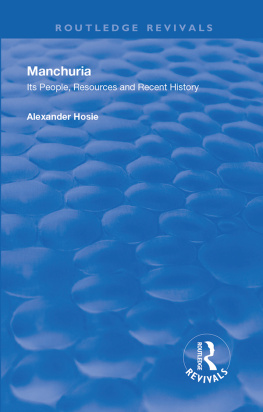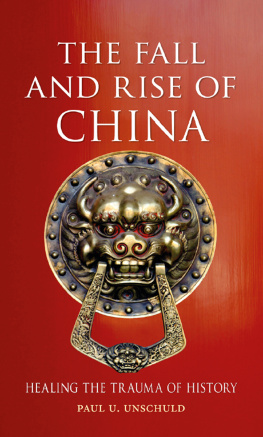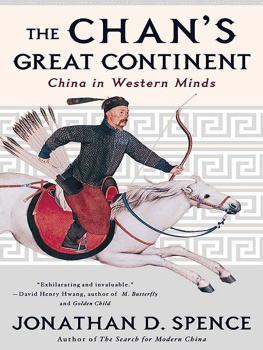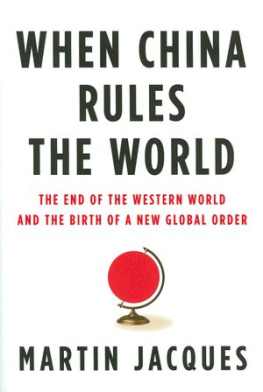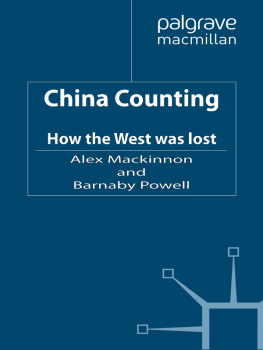Ichang Gorge: Salt Junk, propelled by oars, Mast being unshipped for downward Voyage.
PREFACE TO SECOND EDITION.
Since the publication of the first edition of this book, in 1890, several important changes have taken place in foreign commercial relations with Western China, and sufficient time has now elapsed to admit of a decision being arrived at as to how far these changes have affected trade. The following Additional Article to the Chefoo Agreement of 1876, which owed its existence to the murder of Margary in the west of Yn-nan in 1875, was signed at Peking on March 31, 1890, and the Ratifications were exchanged on January 18, 1891:
The Governments of Great Britain and China, being desirous of settling in an amicable spirit the divergence of opinion which has arisen with respect to the first clause of the third section of the Agreement concluded at Chefoo in 1876, which stipulates thatThe British Government will be free to send officers to reside at Chung-king to watch the conditions of British trade in Szechuen [Ss-chuan], that British merchants will not be allowed to reside at Chung-king, or to open establishments or warehouses there, so long as no steamers have access to the port, and that when steamers have succeeded in ascending the river so far, further arrangements can be taken into consideration, have agreed upon the following Additional Article:
I. Chung-king shall forthwith be declared open to trade on the same footing as any other Treaty port.
British subjects shall be at liberty either to charter Chinese vessels, or to provide vessels of the Chinese type, for the traffic between Ichang and Chung-king.
II. Merchandize conveyed between Ichang and Chung-king by the above class of vessels shall be placed on the same footing as merchandize carried by steamers between Shanghae and Ichang, and shall be dealt with in accordance with Treaty, Tariff Rules, and the Yang-tsze Regulations.
III. All Regulations as to the papers and flags to be carried by vessels of the above description, as to the cargo certificates with which they shall be provided, as to the re-package of goods for the voyage beyond Ichang, and as to the general procedure to be observed by those engaged in the trade between Ichang and Chung-king, with a view to ensuring convenience and security, shall be drawn up by the Superintendent of Customs at Ichang, the Taotai of the Chuan Tung Circuit, who is now stationed at Chung-king, and the Commissioner of Customs in consultation with the British Consul, and shall be liable to any modifications that may hereafter prove to be desirable and may be agreed upon by common consent.
IV. Chartered junks shall pay port dues at Ichang and Chung-king in accordance with the Yang-tsze Regulations; vessels of Chinese type, if and when entitled to carry the British flag, shall pay tonnage dues in accordance with Treaty Regulations. It is obligatory on both chartered junks and also vessels of Chinese type, even when the latter may be entitled to carry the British flag, to take out the Maritime Custom-house special papers and a special flag when intended to be employed by British subjects in the transport of goods between Ichang and Chung-king, and without such papers and flag no vessel of either class shall be allowed the privileges and immunities granted under this Additional Article. Provided with special papers and flag, vessels of both classes shall be allowed to ply between the two ports, and they and their cargoes shall be dealt with in accordance with Treaty Rules and the Yang-tsze Regulations. All other vessels shall be dealt with by the Native Customs. The special papers and flag issued by the Maritime Customs must alone be used by the particular vessel for which they were originally issued, and are not transferable from one vessel to another. The use of the British flag by vessels the property of Chinese is strictly prohibited. Infringement of these Regulations will, in the first instance, render the offender liable to the penalties in force at the ports hitherto open under Treaty; and should the offence be subsequently repeated, the vessels special papers and flag will be withdrawn, and the vessel herself refused permission thenceforward to trade between Ichang and Chung-king.
V. When once Chinese steamers carrying cargo run to Chung-king, British steamers shall in like manner have access to the said port.
VI. It is agreed that the present Additional Article shall be considered as forming part of the Chefoo Agreement, and as having the same force and validity as if it were inserted therein word for word. It shall be ratified, and the ratifications exchanged at Peking, and it shall come into operation six months after its signature, provided the ratifications have been exchanged, or if they have not, then on the date at which such exchange takes place.
In other words, Chung-king was constituted a Treaty port, but British steamers were denied access to it until Chinese steamers carrying cargo should be pleased to lead the way. No attempt to navigate west of Ichang was ever made, nor, so far as I am aware, was it ever contemplated by the latter, and trade between that port and Chung-king has up to the present been conducted in junks, in accordance with the terms of this Additional Article. But it fell to Japan, after the war of 1894-95, to claim the right of steam navigation to Chung-king, and by Article VI. of the Treaty of Peace, signed at Shimonoseki on April 17, 1895, not only was Chung-king opened to the trade, residence, industries, and manufactures of Japanese subjects, but steam navigation for vessels under the Japanese flag for the conveyance of passengers and cargo was extended on the Upper Yang-tsze from Ichang to Chung-king.
By this most-favoured-nation clause, therefore, Chung-king is now open to foreign trade on the same conditions as the other Treaty ports in China, and it remains to be seen which country will take the initiative in still further developing the trade of Western China by steam. The mere opening of Chung-king as a Treaty port, even without the immediate prospect of steam communication, was undoubtedly a step in the right direction, and the establishment there on the 1st of April, 1891, of a British Consulate, and of an office of the Chinese Imperial Maritime Customs, soon rendered possible a more exact estimate of the capacity of this great trade emporium of the province of Ss-chuan, and of the west of China generally. In that year, virtually from June to December, 300 junks, of a capacity of 7,332 tons, provided with Customs Charter Certificates and flying the Chinese flag, reported at the Foreign Custom-house at Chung-king from Ichang, with foreign goods of the value of Haikwan Taels 1,371,027, and native produce of the value of H.T. 94,003; while 307 similarly chartered junks, of a capacity of about 4,404 tons, left Chung-king for Ichang, with exports of the value of H.T. 1,389,683, and silver (sycee) valued at H.T. 84,381. In addition to this, foreign goods, of the value of H.T. 2,346,055, and H.T. 643,475, were sent, under transit pass to Ichang and Hankow respectively, to Ss-chuan, and native goods of the value of H.T. 443,269 were brought down under transit pass from that Province to Ichang for shipment. The trade steadily increased, and in 1895 as many as 1,200 junks, whereof 878 were chartered by British, 112 by American, and 210 by Chinese merchants, of a total of 36,881 tons, carried to Chung-king from Ichang foreign goods valued at H.T. 5,618,213, native goods valued at H.T. 1,238,816; while 917 chartered junks carried away from Chung-king native produce of the value of H.T. 6,396,743; a total of imports and exports of the value of H.T. 13,253,772. Besides this, goods of the value of H.T. 662,679 were sent to Ss-chuan, mostly to Chung-king, under transit pass from Hankow and Ichang. These figures refer only to the trade which comes under the cognizance of the Imperial Maritime Customs, and Mr. Woodruff, Commissioner of Customs, writing from Chung-king in January, 1896, in reference to the trade of the previous year, saysOur petty share of the trade (



